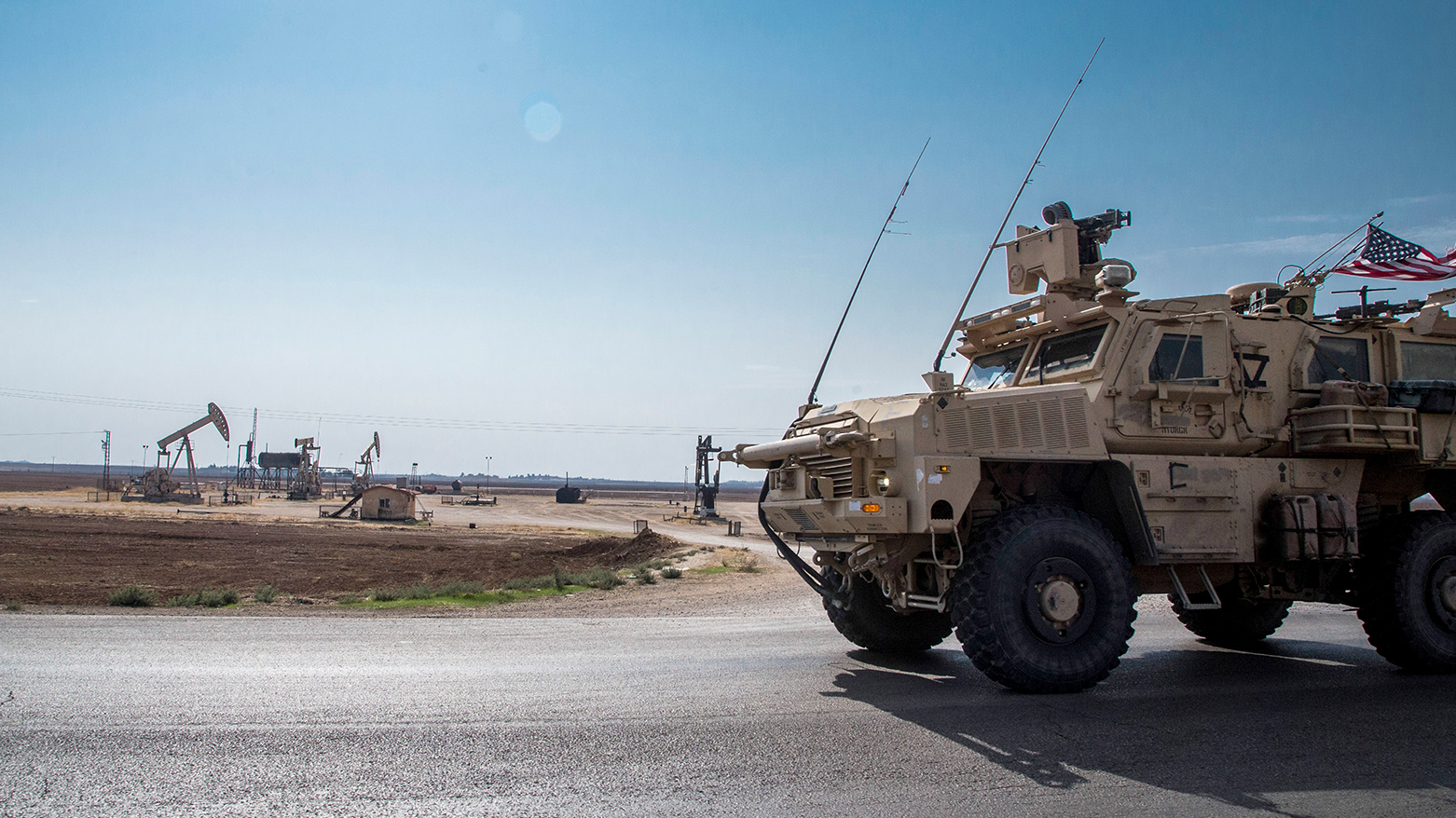Clash Report: U.S. Finalizing Multi-Phased Withdrawal Plan from Syria, Shifting Role in Regional Dynamics
To manage the shifting balance of power, the United States will reportedly establish a joint coordination base near the Tishrin Dam, a geopolitically sensitive area situated at the confluence of territories influenced by the Kurdish-led YPG/PKK, the Syrian regime, and Turkey.

By Ahora Qadi
ERBIL (Kurdistan24) – The United States is nearing completion of a detailed blueprint for a phased military withdrawal from Syria, signaling a critical transition in Washington’s long-standing presence in the war-torn country, according to Clash Report.
The draft outlines a full pullout from Arab-majority regions, a restructuring of U.S. partnerships, and a strategic redeployment to safeguard residual influence in the region.
Full Withdrawal from Raqqa and Deir ez-Zor
According to the draft plan, U.S. forces will conduct a complete withdrawal from Deir ez-Zor and southern Raqqa, regions predominantly inhabited by Arab communities. This marks a substantial contraction of Washington’s military footprint in eastern Syria (Kurdistan of Syria), reflecting evolving geopolitical priorities.
Despite the withdrawal, U.S. forces will retain operational control over the Rmelan Airbase in Hasakah for at least another year. The airbase, situated in the resource-rich northeast, remains a key strategic asset as the broader drawdown unfolds.
While the ultimate handover of Deir ez-Zor and southern Raqqa is intended for the Syrian central government in Damascus, no formal framework for transfer or coordination has yet been finalized, raising questions about the vacuum such a move may leave behind.
New Coordination Hub Near Tishrin Dam
To manage the shifting balance of power, the United States will reportedly establish a joint coordination base near the Tishrin Dam, a geopolitically sensitive area situated at the confluence of territories influenced by the Kurdish-led YPG/PKK, the Syrian regime, and Turkey.
The coordination site is expected to host units drawn from the Syrian opposition forces trained at the U.S. base in al-Tanf, including elements of the Northern Corps of the Syrian Army. These groups will be tasked with maintaining field coordination among the U.S., Türkiye, and Damascus, reflecting a significant reconfiguration of U.S. tactical alignments on the ground.
Syrian Army to Secure Border Zones
Following the American withdrawal, control over parts of the Syria–Turkey border is set to be assumed by the Syrian Arab Army (SAA). This deployment would occur under a yet-to-be-clarified arrangement between the regime in Damascus and the U.S.-backed Syrian Democratic Forces (SDF), which are dominated by the YPG.
The nature of this security-sharing mechanism remains ambiguous, but analysts suggest it aims to defuse Turkish concerns over Kurdish Forces dominance along its border while preserving basic security infrastructure in the area.
Strategic Calculations and Lingering Uncertainties
The plan, still subject to interagency and partner consultations, highlights a shift from direct engagement to indirect influence, signaling a tactical pivot that could reshape the military and political equilibrium in northeastern Syria.
With no immediate roadmap for stability in post-withdrawal zones and ambiguous command structures likely to emerge, observers warn that the recalibration could open up space for renewed competition among regional actors—most notably Iran, Russia, and Türkiye.
